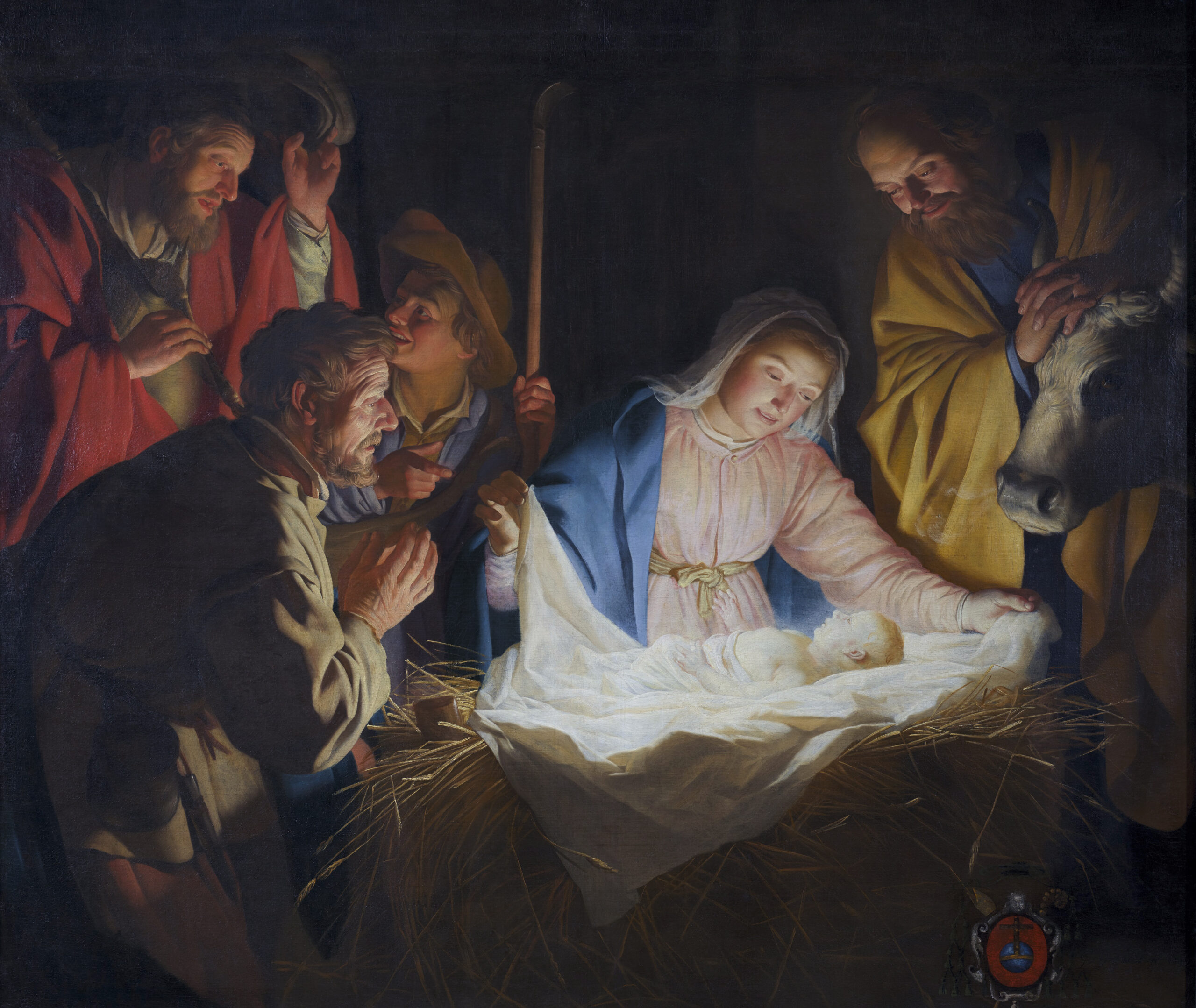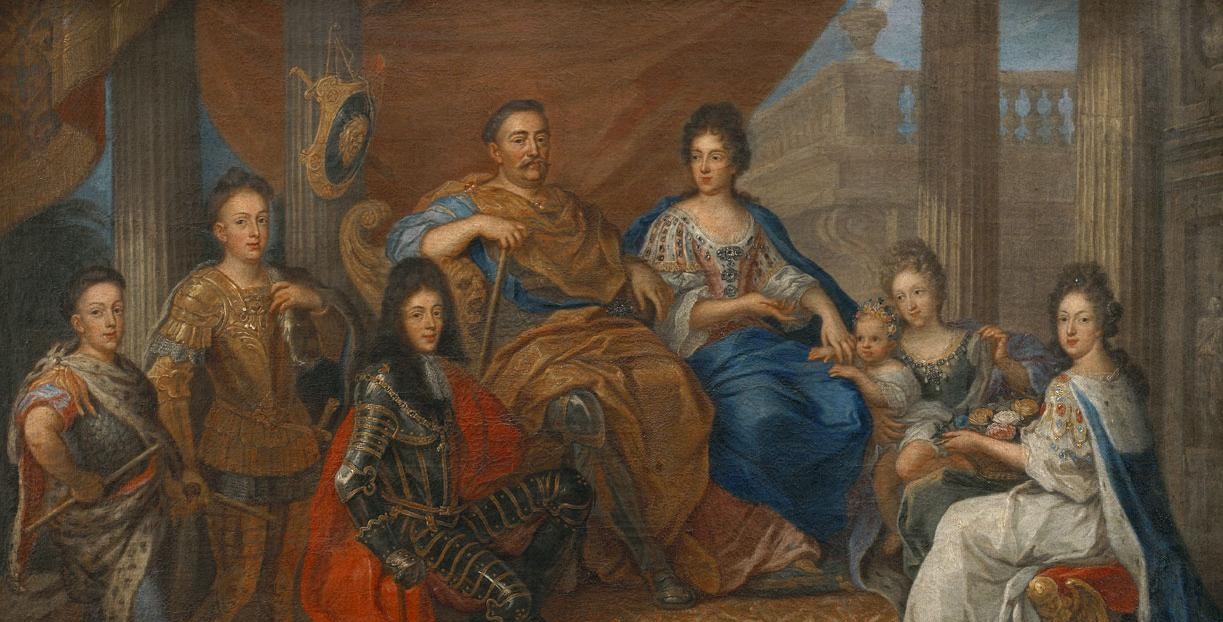This beautiful carol was composed in the 18th century, a few years before the partition of Poland, and its lyrics are based on an unusual combination of oxymorons. It is set to the melody of the coronation polonaise of Polish kings. Can you imagine a more potent combination?
by Piotr Bejrowski
Polish carols stand apart from popular international carols and Christmas songs. They are neither decorations for the pre-Christmas period nor background music for shopping in malls; instead, according to Polish tradition, they are exclusively sung on Christmas Eve and during the Christmas period.
Polish Christmas carols often feature a social motif and celebrate motherhood and innocence, not only in a religious context but also in a universal human sense. Their lyrical content reveals a deep yearning for connection, which is why Poles worldwide are so attached to their traditional Christmas rituals and songs. Thus, the religious theme becomes a starting point for stories about human nature and current issues.
The oldest preserved Polish carol dates back to 1424. However, the 17th century saw a surge in the popularity of Christmas songs by notable authors such as Father Piotr Skarga and Andrzej Morsztyn. In later years, melodies were composed by Fryderyk Chopin, Feliks Nowowiejski and Witold Lutosławski. This tradition continues to thrive even today, with creators and performers enthusiastically carrying it forward. The outcome is an exceptionally rich collection of hundreds of Polish carols and pastorals. Among them, the “Song of the Nativity of the Lord,” often referred to as “God is Born” due to its opening lyrics, undoubtedly stands out as an extraordinary piece.
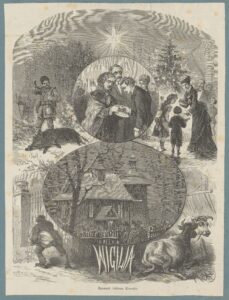
A carol built on oxymorons
The history of Polish carols, as this term was used to describe the “Song of the Nativity of Christ,” is closely tied to the powerful Czartoryski magnate family. Princess Izabela Lubomirska née Czartoryski, possessed an extensive collection of art and was a patron of many artists. It was she who commissioned Franciszek Karpiński to compose a carol.
Karpiński was a poet, playwright and moralist of the Enlightenment. He was a follower of the sentimentalist movement within Polish poetry and is known for his idylls, love poems, songs, and translations. Despite his comprehensive education, which included a doctorate in philosophy and a bachelor’s degree in theology at the University of Lwów, he resisted those who encouraged him to become a priest. Instead, he decided to work as a teacher at the courts of magnates. He made his poetic debut only at the age of forty, and although he had not aspired to a career as a poet, his works gained recognition from a wide range of readers. The popularity of Karpiński’s work even led to an invitation from King Stanisław August Poniatowski himself to attend his famous Thursday dinners. These gatherings served as a type of literary and scientific salon, attracting the intellectual elite of Poland at that time.
However, feeling disenchanted with Warsaw and the specific atmosphere of the local social circles, he made the decision in 1785 to relocate to Białystok, where he took up residence at the Branicki court. It was there that the famous carol, “The Song of the Nativity of the Lord,” was created. This celebrated carol premiered in 1792 in the old parish church in Białystok, and was subsequently published in the collection titled “Peaceful Songs.” Some of the texts featured in this volume continue to be sung to this day.
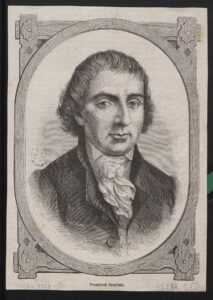
The Polish Christmas carol is not only an artistic phenomenon, it’s an integral part of national custom. Beyond the melodic elements, the lyrical aspect holds equal, if not greater importance. “The Song of the Nativity of the Lord” stands out as a truly virtuoso work, and the lyrical layer, built on contrasts, captivates audiences today as strongly as it did on the day of its premiere. In this context, it’s worth noting that Karpiński, despite his association with aristocracy and culture, was also a poet who sought beauty and harmony within folk culture and customs. Nevertheless, Karpiński’s work, profound in content and rich in meaning, clearly differed from light, melodious folk carols. Surprisingly, it was quickly adopted among the nobility, the bourgeoisie and even the peasantry.
The title carol consists of five stanzas divided into eight eight-syllable lines. The poet intentionally used oxymoronic rhetorical figures of speech to emphasize the importance of the miracle of Christmas. The use of antithesis in the composition evoked associations with baroque traditions as Karpiński, a sentimentalist, was heavily influenced by baroque and Enlightenment trends.
“God is born, / power trembles, / the Lord of heaven bared and exposed! / The fire congealing, / the light darkening, / the Infinite has boundaries. / the despised are glorified, / Mortal King over the ages!” – with these words the Christmas carol commences. At the beginning of each stanza, two verses referring to the Prologue of the Gospel according to St. John: “And the Word became flesh / And took up residence among us.” It is likely that the poet’s quote from the evangelist served as the starting point for the rhetorical word play used in the carol.
The melodic line of the piece is equally important and probably during Franciszek Karpiński’s era, it likely reinforced the message conveyed through the lyrical layer. The melody of the carol draws its inspiration from the coronation polonaise of Polish kings, which dates back to the 16th century. Some researchers believe that it was played during the coronation of Stephen Batory in 1576, and was certainly performed during the coronation of Władysław IV Vasa in 1632. A slightly modified version of this polonaise was likely composed by Karol Kurpiński, a composer of the classical era. It was Kurpiński who refined the melody to its present shape. It is worth noting that several other popular Christmas carols created in pre-partition Poland also follow the meter and rhythm of a polonaise.
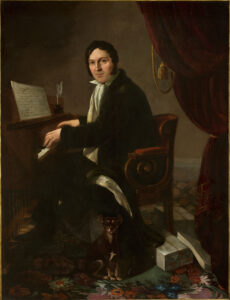
Drama and hope
The song was written during a very tragic time for Poland. When Karpiński was writing his carol, the Four-Year Sejm, also known as the Great Sejm, was taking place in Warsaw. This historic event ushered in a number of modern reforms for the state, culminating in the creation of Europe’s first Constitution which was adopted on May 3, 1791. However, these ambitious political plans were abruptly halted due to the intervention of Tsarina Catherine II in 1792, which led to the outbreak of the Polish-Russian war. A year later, Russia and Prussia carried out the second partition of Poland, further weakening the Polish state’s ability to oppose the territorial ambitions of neighboring powers. Unfortunately in 1795, Russia, Prussia and Austria carried out the third partition of the Polish-Lithuanian Commonwealth, effectively erasing it from the map of Europe.
“Raise your hand / God’s Child / Bless your beloved homeland / With good advice, good being / Support its strength with your strength” – these words from the final verse took on a profound significance, especially in the years that followed, when the Polish lands were divided between three neighboring countries. The turbulent history of the Polish nation in the 19th and 20th centuries reinforced the imperative of preserving national identity. Even during the 120-plus years when Poland did not exist as a state, many homes, despite repression from the invaders, took great care to preserve their Polish heritage. During Christmas, this song was heard both in noble houses and in poor houses alike, offering hope and strengthening the sense of community. Thanks to this carol, Poles who were scattered to the most remote parts of the world could reconnect with their homeland, especially during the holidays. It is therefore not surprising that the song “God is born” has become an integral part of the nation’s independence and patriotic tradition. It is impossible to imagine Christmas celebrations in Polish homes and churches without the melody and words of this carol.
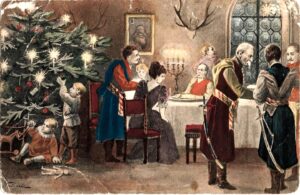
***
Upon receiving the devastating news of the signing of the third partition of Poland in 1795, Karpiński broke down and his hair turned gray overnight. He abandoned poetry and refrained from writing any literary works for the next thirty years, feeling that he no longer had anyone to write for. The sole driving force that sustained him during this period was his commitment to work for the common people, to which he devoted himself completely. Towards the end of his life, he purchased a small village in the Grodno region and wrote his diaries. In 1825, he passed away in this village, and his modest grave bears the resemblance of a simple country cottage. Łysków, where the poet’s mortal remains were buried, returned to the reborn Poland after World War I. However, as a result of the decisions of the great powers, after World War II, the town found itself within the borders of the Soviet Union and outside Poland’s territory. Tragically the Baroque church adjacent to Karpiński’s modest grave still stands, devastated by time.
Author: Piotr Bejrowski
Translation: Mikołaj Sekrecki

